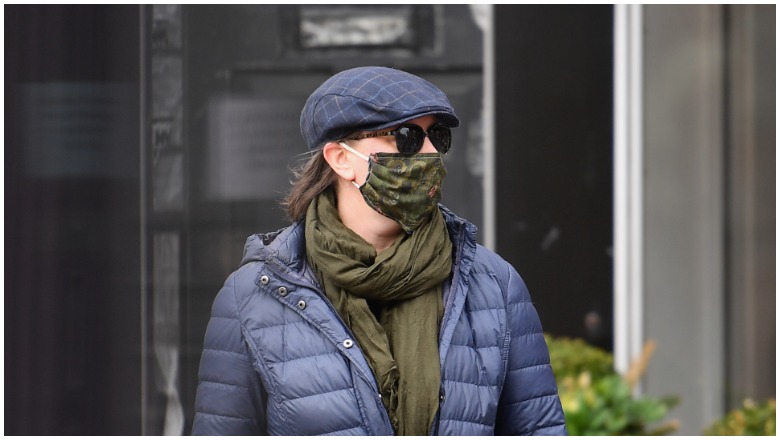
On April 3, Donald Trump announced a new recommendation for Americans across the country: consider wearing a “cloth mask” in public, as a means to curtail the spread of the coronavirus. Surgical masks and N95 respirators are currently in high demand, and are only recommended for use by people who live in close proximity to someone who is infected, or for medical workers or other professionals working on the frontlines of the pandemic.
During the press conference, Trump admitted that he had no intention of wearing a non-medical cloth face mask himself. He said, “I don’t think I’m going to be doing it…Wearing a face mask as I greet presidents, prime ministers, dictators, kings, queens — I just don’t see it.”
The CDC backs this new recommendation, offering the following advice:
…the virus can spread between people interacting in close proximity—for example, speaking, coughing, or sneezing—even if those people are not exhibiting symptoms. In light of this new evidence, CDC recommends wearing cloth face coverings in public settings where other social distancing measures are difficult to maintain (e.g., grocery stores and pharmacies) especially in areas of significant community-based transmission.
Other politicians have recently encouraged Americans to use cloth masks, as well. New York City Mayor Bill de Blasio said on Thursday, April 2, “We’re advising New Yorkers to wear a face covering when you go outside and will be near other people. Let’s be clear, this is a face covering. It could be a scarf, it could be a bandana, something you create yourself.”
So what counts as a proper cloth mask? Here’s what you need to know:
Cloth Mask Substitutes, & Examples of Cloth Masks You Can Find in Your Home
While the CDC doesn’t provide hyper-specific examples of what to use as a cloth mask in the days to come, it does provide this information: “Cloth face coverings fashioned from household items or made at home from common materials at low cost can be used as an additional, voluntary public health measure.”
Here are some examples of cloth face coverings to consider using as a mask against coronavirus in the days to come:
- bandanas
- shirts
- scarves
- handkerchiefs
- men’s boxers or briefs
- blankets
- workout clothes
- bedding/sheets
- vacuum cleaner bags
- dish towels
- tablecloths
- any cotton clothing fabric
- pillowcases
For any of these fabrics, you’ll want to have pieces of fabric that are at least 9″x6″ in size, to fully cover your mouth and nose.
The above video shows you how to make a mask out of any given fabric. If you want to tie the mask with some sort of elastic or tie, you can read a detailed breakdown of how to do that here. The blog Japanese Creations also offers an easy tutorial for how to make a no-sew face mask with a handkerchief and a hair tie, along with photographs that show the process, step by step.
A vacuum cleaner bag might be the household item with the highest efficacy of preventing the transmission of particles (86%), but if you don’t feel comfortable breathing through it, you can consider using a t-shirt (70% efficacy) or any of the other fabrics mentioned above.
What you should NOT do is search high and low for a surgical mask or N95 respirator, unless you are a professional interacting with the pandemic, or have close proximity to a person who is infected with COVID-19.
The CDC explains, “The cloth face coverings recommended are not surgical masks or N-95 respirators. Those are critical supplies that must continue to be reserved for healthcare workers and other medical first responders, as recommended by current CDC guidance.”
If you do end up using a cloth mask, make sure to wash it after every single use.
READ NEXT: How to Make a DIY Coronavirus Face Mask